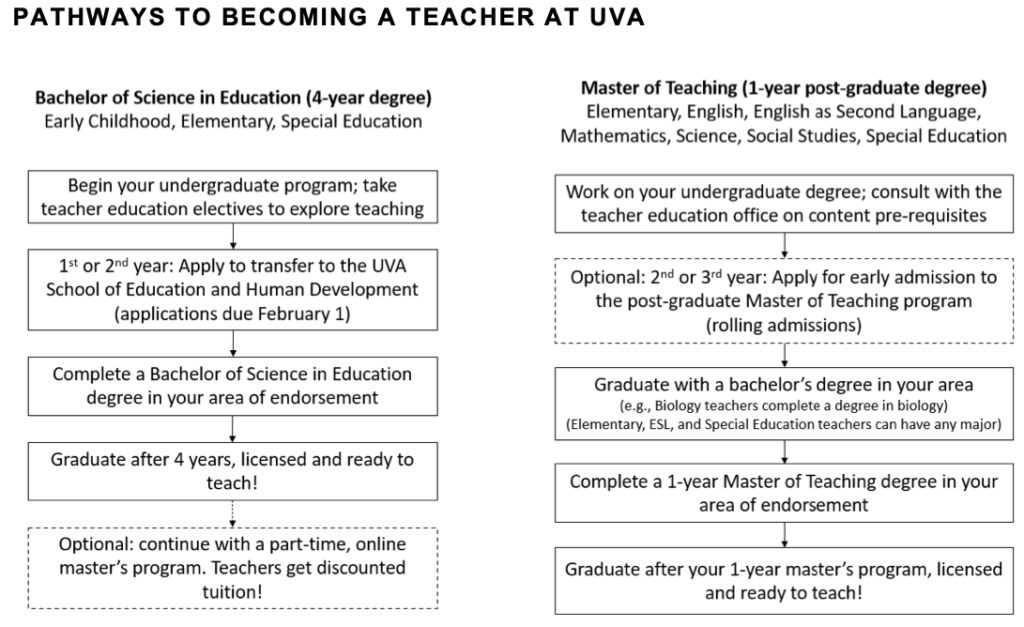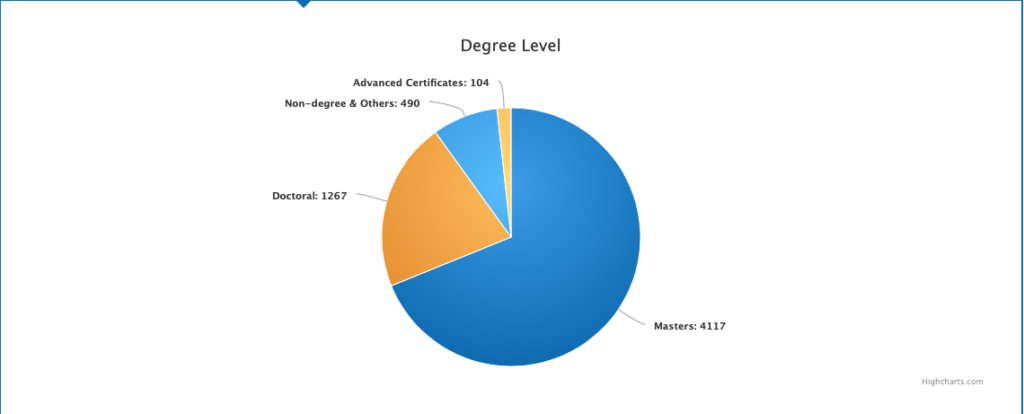 by James C. Sherlock
by James C. Sherlock
K-12 teachers all over the state and country report burnout.
There are lengthy discussions — OK, arguments — about the reasons for that situation. But no one denies it is happening.
One of the attractions of teaching when I was a kid and a young man was that teachers, largely then as now women, could raise their families, teach and enjoy and feel fulfilled by both.
- Most went to school with the school buses and came home with the school buses. They were home when their kids got home. They were with their kids in the summers.
- They did not work at home or at school on their computers and the internet because there were no home computers or internet. They had a free period during the day, but they did grade papers at home. Sure. Sometimes. Lesson plans. Ditto. I know I did in my brief pre-military stint as a teacher. But I did not find that stressful. Neither did my married colleagues. Teaching was fun.
- The undergraduate education schools taught their students how to teach. Both the curricula and student teaching were meaningful. They prepared student teachers for their first and second years of teaching far better than they do today.
- Ed school emphasis was on their undergraduates. Teachers did not require graduate degrees to teach. (Still don’t, but their own schools today make them second-class citizens if they do not have one. Lower pay. Unlikely to be a principal. Not versed in the latest graduate school of education trendy theories, so they don’t get sent to professional conferences. Regardless of the relative quality of their teaching. They can be Master Teachers in some divisions, but that was an afterthought.)
- That system worked for both the teachers and the kids, both their own and those they taught.
- It worked for the schools, because they could fill their classrooms with qualified teachers, who did not burn out and quit.
There is a professional approach to returning the job of teacher to a lower stress condition. First, insist on it. Then re-architect the school and thus the profession of teacher to make it happen.
Anyone who thinks kids get better educations today because teachers work 50 hours a week or more instead of 35 to 40 has not kept up. In truth, the work week is why many teachers need childcare for their kids.
The burnout is why they quit. I will dare to offer a potential path forward.
A true maximum 40-hour work week with less stress for teachers and better outcomes for kids can be sought systematically with a proven professional method for accomplishing enterprise transformations.
It is called enterprise architecture.
The work of enterprise architecture for K-12 education. I am retired as a certified enterprise architect. As defined by Gartner, who has it right:
Enterprise architecture (EA) is a discipline for proactively and holistically leading enterprise responses to disruptive forces by identifying and analyzing the execution of change toward desired business vision and outcomes. EA delivers value by presenting business and IT leaders with signature-ready recommendations for adjusting policies and projects to achieve targeted business outcomes that capitalize on relevant business disruptions.
The disruptive force in this case is that teachers are quitting at an unprecedented rate and the ed-school pipeline is broken. The pipeline is not producing enough new teachers and is not doing a good enough job in preparing them.
Those who think EA is about technology are wrong. The execution of an EA is called a description. The description, importantly, starts with a clean sheet of paper. It does not just, or even primarily, describe technology.
It does not start with how things are currently done.
If you experienced an EA project at work that was about technology, they did it wrong. Technology is literally the last thing constructed in an EA. The process goes like this:
- First an architect describes the business goals. What is the enterprise trying to accomplish? What are the outputs? That step is the most crucial and the most difficult.
- He then describes the optimum business processes to achieve those outputs, stripped of everything that does not directly contribute to the needs of the organization. The stripping process is hard and controversial for those invested in how things are done now.
- Then an optimized organizational structure is developed to execute the processes. It may not look exactly like what such structures look like now. It may not look exactly like what Virginia law currently mandates.
- Then come the staffing needs of the optimized organizational structure. These are extendable to schools of various sizes, grades and student demographics. Constraints are also described. It must be constrained by the projected labor force. It may be pointless, for example, to describe an architecture that requires more school psychologists than the labor market is projected ever to be able to provide across 132 school districts. So, the architect describes such issues as constraints if he encounters them and goes another route for the needed services.
- Then the information needs of the staff and the processes.
- And only then does he describe the information systems — computers, networks and data bases to supply that information.
If that sounds geeky, it is not. It works, and there is no substitute. Federal law requires enterprise architecture for every element of the federal government. All agencies have it; less than all of them build it right; fewer yet use it.
The lesson there is that EA does not work if the leaders of the agency and their senior assistants are so invested in the status-quo that they refuse to cooperate.
But we will proceed with this discussion assuming participants want to relieve stress on staff and produce better-educated kids, even if it knocks over some cherished hives.
Make the business vision of the K-12 enterprise include optimizing the time and production and minimizing the stress of the school staff. Not just teachers but also school leadership and special staff will be described in the optimized architecture.
Then describe the architecture. The work is a mature process with mature tools, but is very complex as needed here.
- A company who does that as a business will need to be hired to do the work, and provide a lead architect who is a very experienced practitioner.
- The lead architect and his or her team will have to gather a lot of data from school systems and ed schools across the commonwealth.
- Participating school divisions and schools will need to be invested in making things better.
- The architecture will have to scale up and down depending upon the sizes of the schools and describe schools teaching elementary, middle, and high school grade levels.
- The component architecture of the ed school will need to be similarly flexible.
- Describe them. Pilot them. Deploy them in law and in practice.
Current data on K-12 schools are:
- very thin on how many hours teachers actually work at school and at home on their jobs — most of that is done by economists trying to figure out pay-per-hour who calculate hours spent at school;
- thinner yet on what they do during that time other than stand in front of students teaching;
- virtually non-existent on whether what they do is what they need to do to be effective teachers and how well ed schools prepare them to do those things.
The architect and his/her team will have to collect that data and a lot more.
Undergraduate ed schools. The architecture must describe the undergraduate education school as part of the K-12 enterprise, as it certainly is in fact.
The current Virginia Plan for Higher Education says Virginia higher education will be equitable, affordable and transformative (expand prosperity). It reported that
Stakeholders repeatedly asked how graduates fare in the marketplace
Graduates of Virginia’s undergraduate ed schools do not fare well if you consider the marketplace to be Virginia public schools.
In an interview, one of the leading reading specialists in Virginia told me her time in one of Virginia’s leading education schools as an undergraduate did absolutely nothing to prepare her for what she faced in her first two years as a teacher. That is not an outlier.
From Charlie Tyson’s review of Elizabeth Green’s Building a Better Teacher:
Education Secretary Arne Duncan, the last successful Superintendent of Chicago Public Schools, once called education schools the “Bermuda Triangle of higher education.” Students sail in and no one knows what happens to them. Some succeed as teachers. Many do not.
More from Mr. Duncan from that same speech:
By almost any standard, many if not most, of the nation’s 1,450 schools, colleges, and departments of education are doing a mediocre job of preparing teachers for the realities of the 21st century classroom.
America’s university-based teacher preparation programs need revolutionary change, not evolutionary tinkering.
I am urging every teacher preparation program today to make better outcomes for students the overarching mission that propels every single one of their efforts. America’s great educational challenges require that this new generation of well-prepared teachers significantly boost student learning and increase college and career readiness.
In my view, Donald Kennedy, the former President of Stanford University got it right when he said that only if the best institutions care about public schools, and their own schools of education, will the public think they are worth caring about, and nothing can be more clearly than the business of America’s academic leaders.
Based on everything I know, Mr. Duncan could give that same speech tomorrow. Word for word.
As an example only, look at UVa’s Bachelor of Science in Education Advising Guide.

Take in a similar Bachelor of Science in Education or five-year Master of Teaching program at any ed school.
Is two or three years enough time to prepare a teacher in Early Childhood, Elementary or Special Education? Is a year enough time to teach a person newly graduated with a degree in biology how to teach biology in public schools? In each case that should be enough time, but that time may not be used efficiently. It is clearly not always used effectively.
We know that insufficient preparation by undergraduate ed-school programs is a big part of the first two years burnout that causes young teachers to quit.
It is also the reason that Virginia school divisions have created so many positions for coaches for young teachers (see reading specialists and math specialists as examples in elementary education) and continue to create more.
An enterprise architecture project would help to determine why the elements of those programs do not regularly produce graduates “ready to teach” by linking the preparation course and student teaching to the actual work of the teachers and seeing what is not necessary, what is missing, or both.
Virginia has an Advisory Board on Teacher Education and Licensing. Sounds promising. Until you look and find that it is run at the Chair, Vice Chair, Chair of Licensure Committee and Chair of Teacher Education Committee levels by the education school establishment. Maybe not the place to look for revolutionary change.
A properly-done architecture would also look at the required credentials for each of the positions it describes. It can perhaps explain why the K-12 teaching profession requires more masters degrees than any other profession I know of outside of education.
Those “requirements” feather the nests of Graduate Schools of Education who concentrate on graduate programs with far more effort and resources than they do on their undergraduate programs.
Some of the most prestigious schools of education don’t even admit undergraduates. Below is the enrollment at Columbia University Teachers College, the most prestigious and one of the largest in the nation. No undergraduates.

(Advice – don’t allow ed schools to put anyone on the architecture team. They will want – no demand — to control it. Just say no. They will get to make their inputs. So will young teachers and coaches.)
Who pays for the EA work? The integrated description and testing of an optimized architecture for Virginia K-12 schools and Virginia ed schools providing undergraduate teacher instruction as inputs to the teacher workforce will take several years of intense and skilled work.
Enterprise architecture has been required in the federal government since the passage of the Clinger-Cohen Act in 1996.
When it is pointed out to the Department of Education in a project funding request that there is no architecture for either the K-12 enterprise or the supporting ed school enterprise into which they are pouring hundreds of billions a year, they will pay whatever it costs. They will have no real choice.
Do it. This is the only way to professionally and structurally address not only schools as an integrated enterprise, but also one that give a teacher a running start out of undergraduate school and a real chance to thrive in practice.
The whole effort is meant to achieve the result that the outputs, educated kids, thrive.
I can think of nothing more important for the Virginia Department of Education (VDOE) and the State Council for Higher Education in Virginia (SCHEV) to do than this work. And to make sure everyone cooperates and it is done right.
And pilot the result as a means for optimization and proof of concept for widespread adoption.


